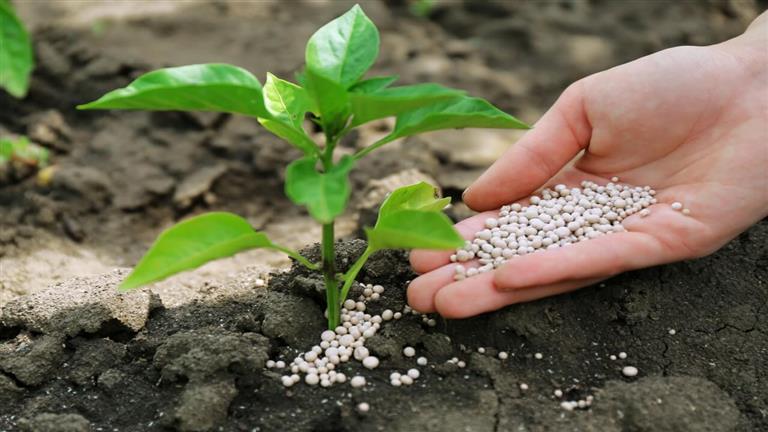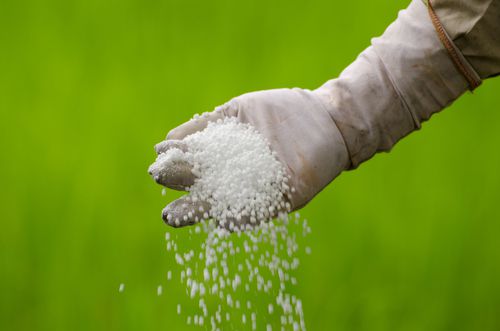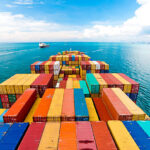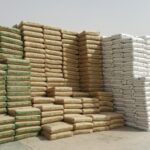Promising opportunities for Egypt to increase fertilizer exports to Europe and expand green ammonia from the public business sector.
With the escalation of the Russian-Ukrainian war, Europe’s problems have increased dramatically, especially as it depends mainly on energy sources from Russia and food sources from Ukraine, and this represents enormous pressure on governments on one side and on millions of citizens on the other hand, especially that the citizen is required to pay 4 times his bill daily in order to survive.And in the midst of this severe crisis, European factories began to gradually reduce their production capacity, especially some industries that have an alternative through import, including the fertilizer industry, and as a result, fertilizer prices rose to more than $1,000 at times, and this represents almost 5 times their normal price.With the escalation of the Russian-Ukrainian war, Europe’s problems have increased dramatically, especially as it depends mainly on energy sources from Russia and food sources from Ukraine, and this represents enormous pressure on governments on one side and on millions of citizens on the other hand, especially that the citizen is required to pay 4 times his bill daily in order to survive.And in the midst of this severe crisis, European factories began to gradually reduce their production capacity, especially some industries that have an alternative through import, including the fertilizer industry, and as a result, fertilizer prices rose to more than $1,000 at times, and this represents almost 5 times their normal price.This situation represents a golden opportunity for the fertilizer industry in Egypt to increase exports and reach about $10 billion. Which contributes significantly to achieving the dream of 100 billion dollars in annual exports within the coming years, and of course this requires taking many measures at the level of selling fertilizers locally, and handing over 55% of factory production to the Ministry of Agriculture and at the level of developing the factories themselves.Egypt occupies the sixth place in the world among the largest producers of urea fertilizer, with a quantity ranging between 6.5 and 7 million tons annually, representing about 4% of the global urea production, amounting to about 170 million tons annually. About 3.5 million tons of urea equivalent annually, and Egypt also occupies the fourth place in the world among the largest exporters of urea fertilizer with a quantity of about 4.5 million tons annually, which represents about 9% of the total amount traded globally.Regarding the local consumption of fertilizers, especially nitrogenous fertilizers, as they are the subsidized type of fertilizers, the crop area in Egypt is about 17.5 million feddans, of various crops, needing about 4.2 million tons, of nitrogenous fertilizers, where the average need per feddan is about 8 “sacks” annually. With rationalization, these needs can be reduced by more than half, which will support exports.

Axes for upgrading the fertilizer industry
First: It is necessary to rationalize the consumption of fertilizers significantly through modern fertilization and modern irrigation, which reduces the share of agriculture obtained from fertilizer factories.
Second: It is necessary to maximize the production of companies in the current period and to work with maximum energy, in order to benefit from the increase in fertilizer prices.
Third: It is important to expedite the development of the old Kima and Al-Nasr fertilizer factories in Suez, and the Delta fertilizers, Talkha fertilizer, affiliated with the Chemical Industries Holding Company, to add exportable production.
Fourth: It is important to open channels of communication with European investors and European banks to expand the industry locally in light of the abundance of natural gas, thus achieving joint benefit locally and internationally and pumping foreign direct investments, which contribute to reducing the trade balance deficit.
Fifth: It is important to expedite the entry into the industry of ammonia, green fertilizers and green hydrogen, all of which are factors that contribute to increasing fertilizer exports, especially as Europe is on its way to opening the way for green fertilizers and the gradual cessation of traditional fertilizers with the aim of reducing carbon and methane emissions and harming the planet in light of the efforts of the United Nations to maintain a degree of The Earth’s heat, which prevents the melting of ice and the loss of global coastal cities, while limiting the phenomena of climate change, whether global warming or floods, droughts and other phenomena that harm the environment. It is important to seriously consider liberalizing the price of fertilizer;
Sixth: Since Egypt has great potential in fertilizers, whether nitrogenous or phosphates, it is necessary to promote the nine fertilizer factories and encourage businessmen to build new factories or to partner on existing factories to increase their production capacity significantly.




